A SPORTS CAR FOR THE FOUR OF YOU
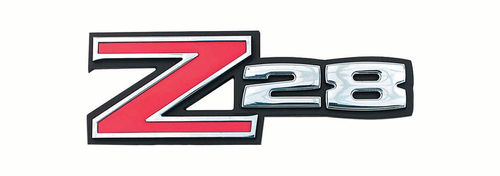
The Second-Generation Camaro Offered Drivers a Blend of European Style and the Best Performance Motown Had to Offer.
Editor’s note: One of the most popular cars among fans of vintage vehicles is the Chevrolet Camaro. The following, excerpted from “The Complete Book of Chevrolet Camaro,” covers the introduction of the car’s second generation which brought about some remarkable changes in the sporty Chevy.
Generation Two
1970–1981 European Flair, American Power Confidence. Chevrolet had plenty of it when the 1967 Camaro hit showrooms. How else could you explain Styling and Engineering staffs diving into the task of creating the second-generation Camaro? Designing a vehicle took years in the days before massive supercomputers. So it was not unusual for the teams responsible for making a vehicle ready for production to toil away for three or four years before the final product rolled off the assembly line. Thus, at the same time that the public got their first look at the 1967 Camaro, the crew at Chevrolet picked up their slide rules and #2 pencils and set about designing the new car’s replacement.
Improved Looks and Handling
Within Chevrolet it was understood that the first-generation Camaro was a quick-response effort to combat the Mustang. That meant that Chevy grabbed as much technology off the shelf as it could in an effort to get the car on the road as quickly as possible. Using the Chevy II platform saved considerable time and money, but a sporty car it wasn’t. And the Camaro had become a very sporty car, posed next to the Corvette in many advertisements.
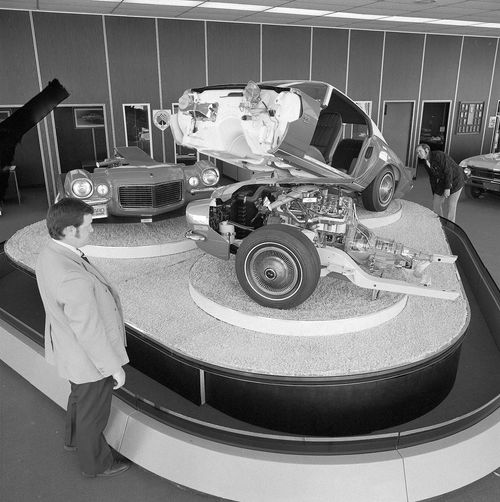
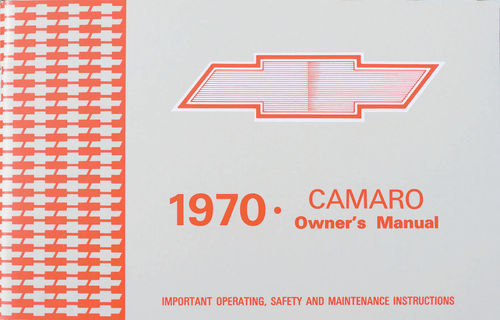
Bill Mitchell, General Motors’ styling czar, had hated that the first-gen Camaro had to be built on the plebian Chevy II bones, as it severely limited the amount of visual verve that could be styled into the car. Mitchell was an enthusiast of European sports cars, and he insisted that the second generation Camaro would exude glamour and sportiness. And not just visually; the division wanted the Camaro to leapfrog the hated Mustang in performance.
Chevrolet wanted the newest Camaro to be perceived as a virtually new car. When ads for the 1970 Camaro were released, they described the “new” car as “a sports car for the four of you.” It was a touch of hyperbole, but just a small touch. The 1970 Camaro was arguably the finest-handling American car this side of the Corvette. And one of the most beautiful.
Chevrolet normally starts selling new cars in the autumn prior to the model year’s release. This Camaro was different. The first 1970 Camaros didn’t start showing up on dealer lots until February 26, 1970, while those same dealers still had 1969 models left to sell. Because of the late introduction, the first year of the second generation is often called 1970 1/2 models. This late start had an effect on sales; the 1970 Camaro sold just over half as many units as the year before.
Like the first-generation Camaro, the second-gen used a unibody “core,” with the front suspension and engine cradle bolted to the body using a subframe, similar to the first-generation Camaros. As the hard points for the 1970 Camaro were being determined, Engineering and Styling were at each other’s throats. The engineers looked at the list of features that the new car was going to have, including air conditioning, and requested a design with a high cowl so that all of the mechanical bits would fit behind the dashboard. Styling would have none of that; Mitchell had requested a low cowl and a steeply raked windshield, and what Mitchell wanted, Mitchell generally got. When the dust had settled, the cowl was low, the windshield was dramatically raked, and the engineers spent many long hours getting the bits to fit.

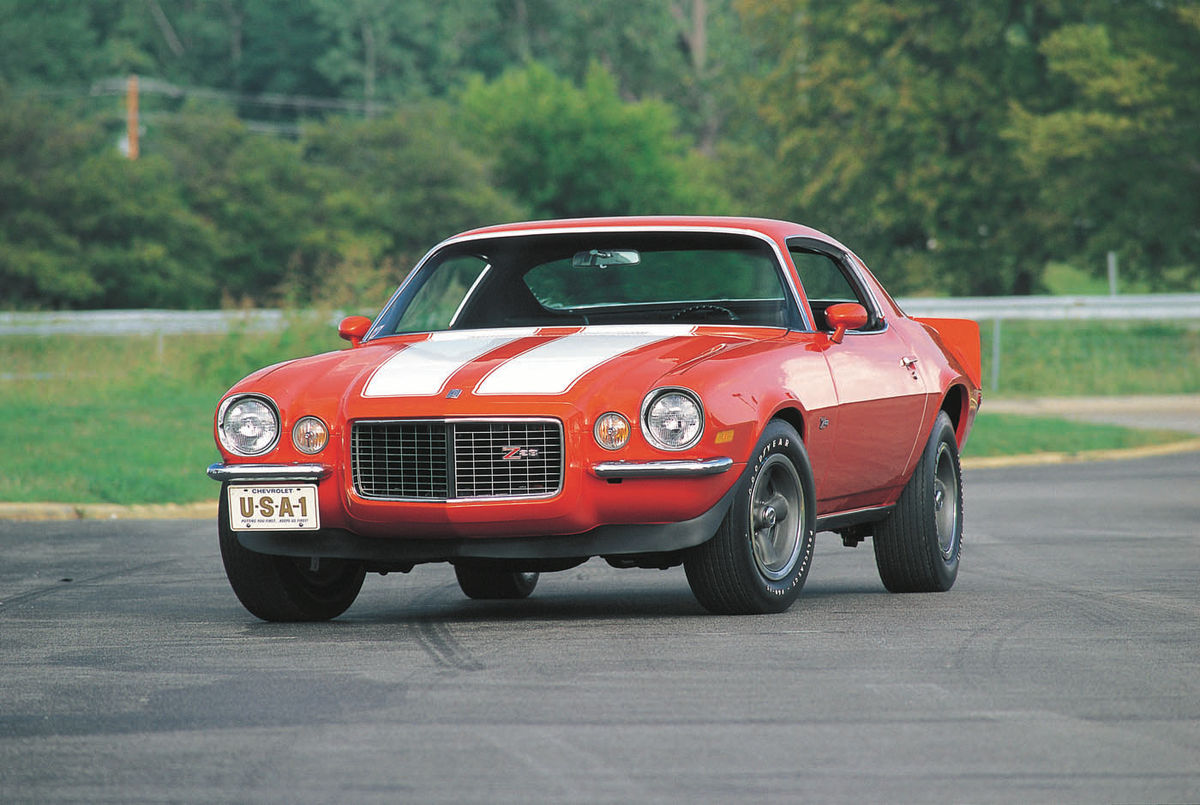

Europe Meets Detroit
Longer, lower, wider. For years, Detroit in general, and General Motors in particular, hewed to that mantra. People responded to a low-slung car in a way a tall, narrow vehicle could only dream about. While the 1970 Camaro’s wheelbase was unchanged at 108.0 inches, the car was 2 inches longer, 1 inch lower, and almost 2 inches wider. Combined with curves that looked like they’d been lifted straight off a Ferrari Lusso, the newest Camaro readily stood out from the standard vehicular offerings. Toss in a wide range of powerplants, and the 1970 Camaro was a stellar leap forward in the pony car genre.
Most 1970 Camaros were fitted with a full-width front bumper, giving the gaping maw of a grille some protection. Buyers that took home Rally Sport editions noticed that a pair of bumperettes graced the front corners of the cars, leaving the grille vulnerable to impact. But the visual impact was undeniable. At the rear, a tall spoiler could be fitted, contributing effective downforce at speed.
The story behind the entire aerodynamic package is worth telling. When Pontiac designer Bill Porter was researching aerodynamic data on the F-body, he came across some interesting info.
Porter recalls, “Chevrolet engineering did a really extensive job testing the Camaro in the wind tunnel. They really knew what that body would do. But they decided that they wouldn’t use the data to help design the vehicle. One of the assistants at the wind tunnel, Doug Patterson, got me a copy of the test data, and I built the Trans Am slavishly off that data. I was like a kid in a candy store. The front spoilers, the side front spoilers that deflect air out over the wheels, the front spoiler is down to the ground as low as we could make it yet make ramp angles; we didn’t really make the ramp angles, people knock the spoiler off all the time. The rear-deck spoiler was exactly to the position they (Chevrolet) found to be optimum.”
Once Chevrolet was aware how effective Pontiac’s use of their data was, Chevy decided to use the information to fine-tune the aero profile of the newest Camaro.
Engine and Transmission Enhancements
Speaking of powerplants, a couple of changes were evident. With the latest Camaro having gained about 400 pounds, it was decided that the 140-horsepower, 230-cubic-inch straight-six just didn’t have the guts to move the 1970 Camaro with anything resembling enthusiasm. Now the base engine was the mighty 250-cubic-inch six, with all of its 155 ponies straining to get out. Buyers who wanted a V-8 but didn’t need a scorcher opted for the base 307-cubic-inch engine. Rated at 200 horsepower, this understressed powerplant was topped with a twobarrel carburetor.
The 302-cubic-inch engine that had powered the Z/28 to such success was replaced by a 350-cubic-inch V-8. The SCCA had changed the rule regarding engine displacement, and now Chevy could run 350 cubic inches. Thus, the street car was fitted with the LT1 solid-lifter engine from the Corvette. With 11.0:1 compression, a forged crankshaft, four-bolt main bearing caps, and a 780-cfm Holley four-barrel carburetor, this high-revving screamer was rated at 360 horsepower.
For the first time, the Z28 could be had with an automatic transmission as well as a four-speed manual. The beefy Turbo Hydro-Matic 400 was the automatic used, a highly regarded gearbox.
The Z28…Refined
With the new body style, Chevrolet modified the logo of the Z28, eliminating the slash between the letter and numbers. Along with the capable RPO F41 sport suspension, and the heavy-duty springs, F60 tires, dual exhaust, and a lot more goodies, the Z28 option was $572.95 well spent.
The hot shoes at Hot Rod magazine visited a drag strip with a Z28, going home with a 14.2-second time slip.
With a lower center of gravity than the previous year’s car, dedicated attention paid to the suspension, and improvements in tire technology, the 1970 Z28 could run rings around a 1969 version. Yet the rough edges that made the first-generation Z/28 so much fun to drive were polished to the point that the 1970 model was more Grand Tourer than street-legal race car.
A Bigger Big-Block
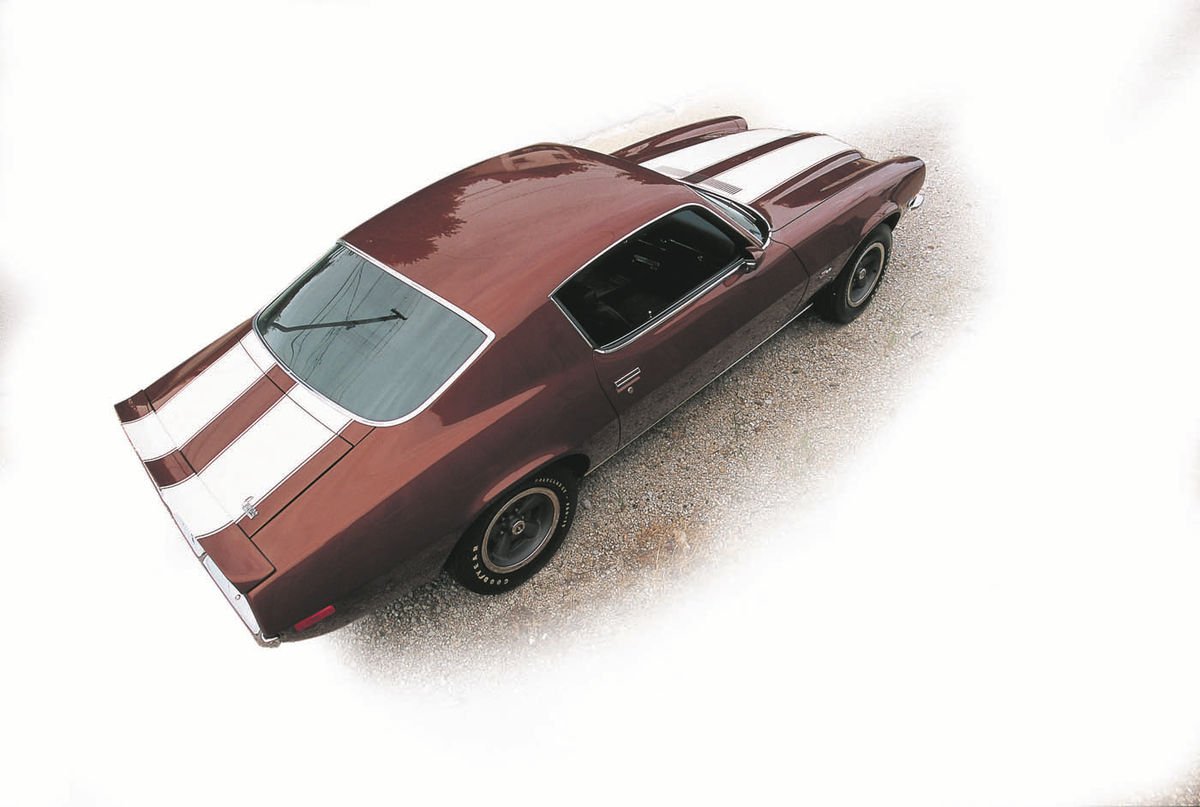


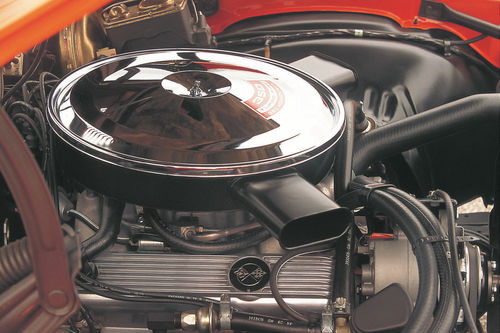
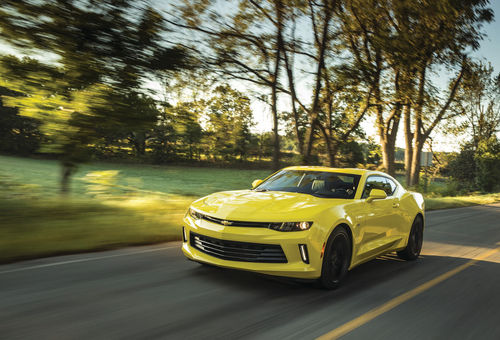
Fans of big-block engines were pleased to see that the 396-cubic-inch V-8 continued to live under the long hood. A very slight increase in displacement meant that the engine packed 402 inches, but everyone called it the “396.”
The base version was rated at 350 horsepower in an attempt to deflect the stink-eye from the insurance companies, but with 415 lb.-ft. of torque, the same as the year before, few were fooled into thinking that this was anything but a tire destroyer. Buyers who could afford the insurance premiums, as well as having a stack of F70 x 14 replacement tires in the garage, could still order the big-block filled with 375 horsepower. Called RPO L78, it went for $385.50, and only 600 examples were built. Granted, it added 180 pounds over the front tires, but if you wanted to go quickly in a straight line, and didn’t worry about compromised handling, the big-block was unforgettable.
Speaking of quickly, the big-block would cover the quarter-mile in 15.3 seconds at 92.7 miles per hour. For a vehicle that tipped the scales at 3850 pounds, on the tires of the day, that was an impressive feat.
1971 Brought a Drop In Power
For the second generation’s second year, Chevrolet pretty much carried over the Camaro with few changes. A dozen new colors were introduced, along with fresh emblems. The front seats, which had been low-profile, were sourced from the Vega with higher seat backs and headrests incorporated into the seat.
One of the more controversial changes for 1971 was the adoption of net horsepower ratings from the gross ratings of years before.
This resulted, on paper, in a perceived reduction in horsepower. Unfortunately, the perception was accurate, as General Motors had started lowering the compression in their engines in a move toward the widespread use of low-lead fuels. By replacing domed pistons with flattopped pieces, the compression was effectively reduced for minimal cost.
GM was a bit hasty in the adoption of lower compression ratios, as virtually all of its competition didn’t start lowering their engines’ compression ratios until the release of the 1972 lineup. In the Camaro, that translated into fewer engines available on the order form. The 250-cubicinch, 145-horsepower gross (110 net) straight six was still the base engine, and the entry-level V-8 displaced 307 cubic inches and was rated at 145 horsepower gross (110 net). Only two V-8s were on the option list. RPO L65 was a 350-cubic-inch powerplant that was rated at 245 horsepower, while RPO LS3 got a buyer a 396-cubicinch mill advertised at 300 ponies. Customers who popped for the Z28 found that the 350-cubic-inch engine was now delivering 330 horsepower gross, down 30 from the year before. In literature, Chevrolet rated the Z28 at 275 horses. That diminishment of output was noticeable on the street and the track.
By looking at the thinned-out number of engine choices, it’s clear that Chevrolet saw the writing on the wall regarding the future of muscle cars. Sales of 1971 Camaros were quite a bit lower than the preceding year, partly because of a United Auto Workers (UAW) strike from September 14, 1970, to November 22, 1970. Yet anyone who had driven a Camaro in the last couple of years could immediately tell that the governmentmandated emission control devices, in conjunction with the reduced compression ratios, had a cooling effect on performance. This in turn had a cooling effect on sales.
All of the domestic carmakers in general, and Chevrolet in particular, were caught between a rock and a hard place. The government had mandated that ever-more stringent emission controls had to be on new vehicles, regardless of how the public might react to a significant diminishment in power. Chevy had to sell cars such as the Camaro with severely reduced outputs to satisfy the Feds, but the public still wanted vehicles that could get out of their own way.
So the public tended to look elsewhere. That didn’t help GM’s bottom line, so they couldn’t devote enough resources to satisfy both the government and the public. They had to choose one group to please, and it had to be the government. It had the ability to shut the carmaker down. So the public was offered watereddown Camaros. Unsurprisingly, they responded just as anyone else would when presented with Grade 2 goods. They walked away.
Toward the end of the 1971 model year, dealers were slashing the prices on their remaining Camaros in an effort to clear the lot of the outgoing cars. Yet the 1971 Camaro was one heck of a GT car. So impressive was the Camaro that Road & Track magazine put it on their list of the 10 best vehicles for 1971. It’s very telling that the Camaro was the only American vehicle on the list.
About the Book
“The Complete Book of Chevrolet Camaro,” 2nd Edition covers the history of GM’s pony car from the original concept vehicle (codenamed Panther) to the current sixth generation of the vehicle. The 288- page hardcover book is illustrated with original and GM archival photography. It’s published by Motorbooks (motorbooks.com). The MSRP is $50.
















